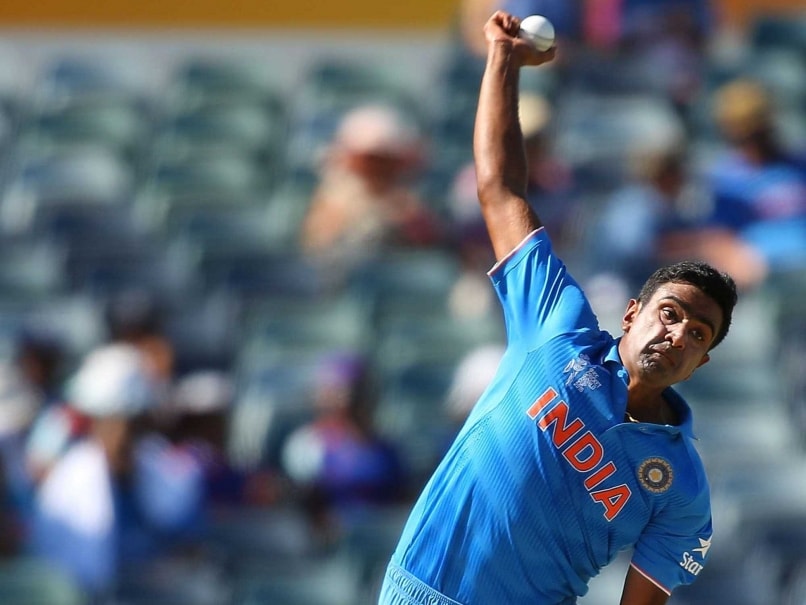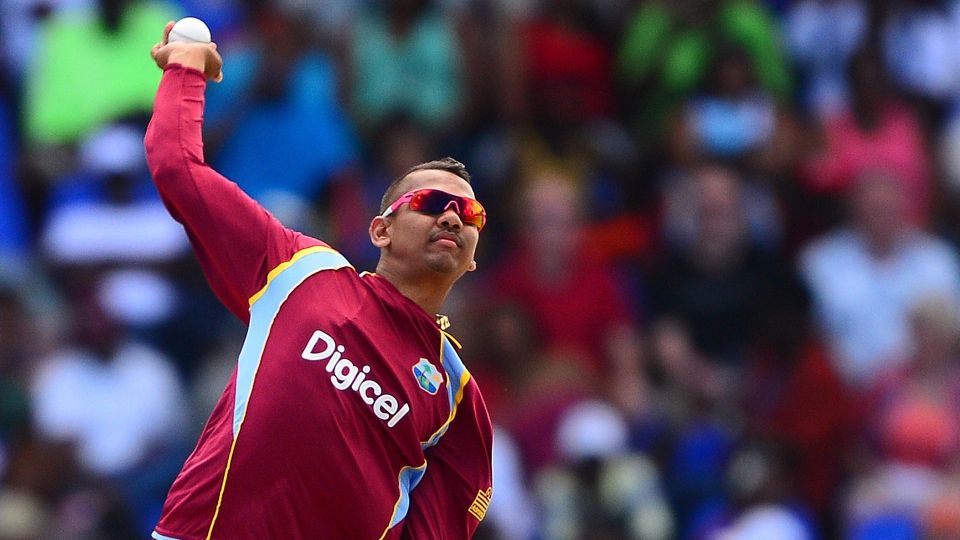

In recent days there is a rumor which has been going rounds all over the cricketing spectrum that the “Finger Spin” in T20 format took its expansion in a certain way that it has undertaken the very end of cricketing art. Talking about the craze of T20 cricket, it’s is quite explicitly acknowledged that this is the only form of cricket which runs the business in our country and reveling in such lucrative turnover the ultimate crux of this beauty has been the hard hitting show. If you regularly follow the T20 cricket very few might have already gauged the contribution and influence of spinner. In this format of this game spinners nowadays has been on their dominating phase where they eminently control the game.

via Imago
NDTV Sports
Bowling in T20 cricket has been about these two aspects – the economy and strike rate. If you concede on an average around seven runs an over and take 1.2 wickets in 24 balls, you’ll be rated a successful T20 bowler. These spinners are doing just that and by the virtue of this, the exact crux of hard hitting has been rolling in its extremity. Hence it is seemingly turning the balls in a way different court where finger spinning has become the currency making elements.
ADVERTISEMENT
Article continues below this ad
Forcing Batsmen to get out of their bubble:

via Imago
CricTracker
The shortest format of the game demands a lot of six-hitting, especially against off spinners. Batsmen tend to dominate with their bottom hand and go through the leg side a lot more in T20 than in other formats. Since the World T20 this year, 65% of all sixes have been hit between long-on and front of square leg. Legspinners, who turn the ball away, make it tougher for the batsman to target this preferred area while going aerial. Since leg-spinners can legitimately take the ball away from both left- and right-handers, they force batsmen to find different ways to score.
Many captains keep left-arm spinners away from left-hand batsmen and offspinners from right-hand batsmen, but there’s no such compulsion with leg spinners. Big hitters rely on having a stable base, which means most stay put in the crease while hitting the long ball. While that approach works perfectly against off-spinners because the ball comes in after pitching, it’s not as easy when the ball is going away. Legspinners force the batsmen to use their feet to get closer to the ball and cover the spin. This is something not all modern batsmen are equipped to do.
Low Trajectory:

via Imago
Wikipedia
Offspinners are always advised to have a short delivery stride, for they must stand tall at the time of release, with the bowling arm close to the ear. Since finger-spinners generally get less turn than wrist-spinners, they need to look to get the extra bounce. While bounce works well in the longer formats, it’s detrimental in T20 because it allows the batsman to get under the ball and hit it in the air.
This is why we often find offspinners bowling with a round-arm action in T20, but that leads to them undercutting the ball and compromising spin off the surface. Once again, they end up making it easier for the batsmen.
Legspinners, on the other hand, have a long delivery stride by default and are also advised to bowl slightly round-arm to extract sidespin. The long delivery stride and the round-arm action lower the point of release, so they extract less bounce by default. That explains they tend to get away with bowling a little short too: there may not often be enough bounce for the batsman to get under the ball and go aerial.
Especially in T20 cricket, spinners are taught to ensure that the ball never goes above the batsman’s eye line, because doing so allows the batsman to use his feet. While offspinners must mold their actions in a way that suits this particular demand, most leg spinners are able to achieve this without tinkering with their original action.
Going through Bowler’s hands during the release:
ADVERTISEMENT
Article continues below this ad

via Imago
ESPNcricinfo
While T20 has certainly enhanced hitting ability, batsmen no longer seem to read the spin from the hand, and this has contributed to leg-spinners doing exceedingly well in T20.
Whenever you see a batsman going backward to a full ball, you know that he hasn’t watched the release closely and is unsure about which way the ball is likely to turn, which is why he has gone back, hoping to read the spin off the pitch. Reading spin off the pitch is a dangerous gambit, even when you’re trying to defend because there’s very little time to adjust after the ball has pitched. So imagine how difficult it would be to choose or change an attacking shot depending on which way the ball has spun after pitching.
ADVERTISEMENT
Article continues below this ad
Going down the pitch and using the momentum of the body to clear the fence is a tried and tested way of attacking spinners, but that’s possible only when you’re certain about the spin, which happens only if you have watched the release closely. Since most batsmen aren’t watching the hand at the time of release, they tend to avoid using their feet, and when they do, they are often beaten off the pitch.
These are the scenarios in which nowadays batsmen are dominated by the bowlers even at the game of cricket where a few years earlier batsmen’s ruling over the bowlers is surfacing all over the cricketing experts. Even as a result of this now T20 cricket seemingly started to be reckoned as a game of Batsmen. But Finger Spin in few days has evolved in a larger expansion where the entire existence of spinners is believed to be diminishing the art of this format of cricket.
ADVERTISEMENT
ADVERTISEMENT
ADVERTISEMENT
ADVERTISEMENT


